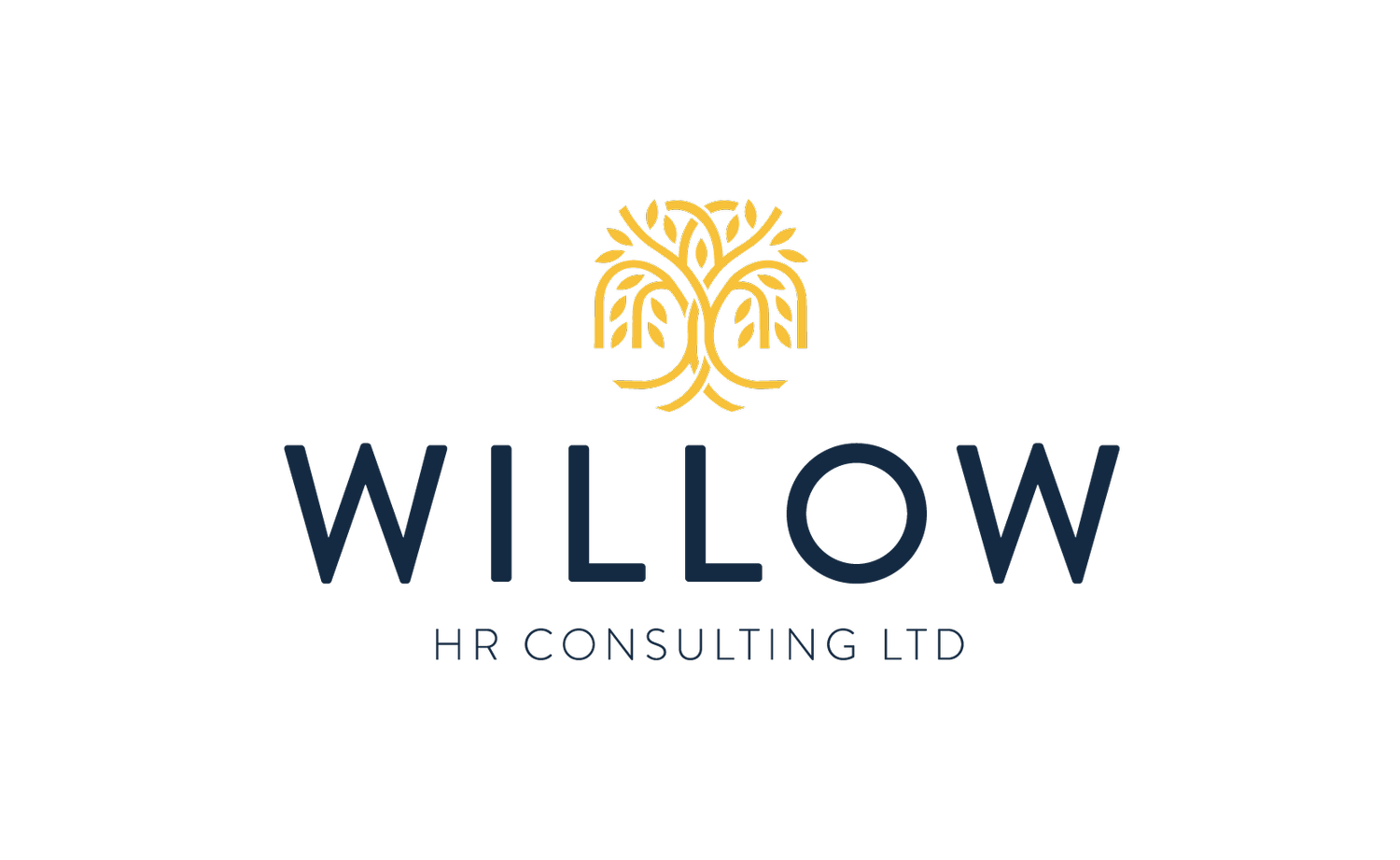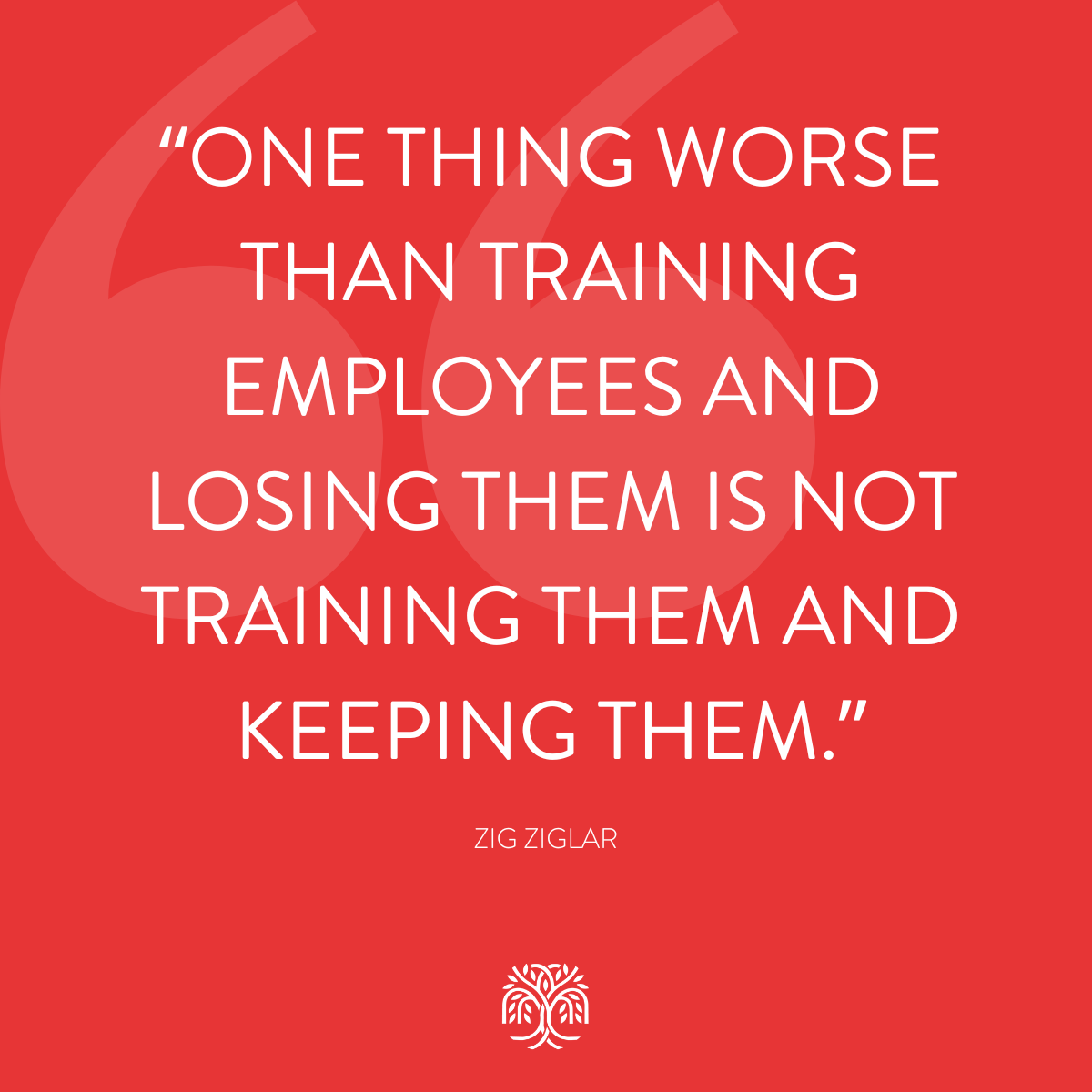Designing an effective learning strategy
Human beings are naturally inquisitive. It’s one of the factors that have made us so successful as a species. Evidence is clear, learning organisations are much more successful than those who fail to encourage and drive learning. So why, then, do so many organisations leave learning to chance?
As with everything, strategy is important if you wish to have successful learning in an organisation, without a plan of focus, execution and delivery, organisations risk leaving their people to go-it-alone. The dangers of leaving learning to chance are multiple, they include:
Learning is scattered and divisive – some get lots of development while others get distracted or are not invested in and lose engagement and motivation
Time is wasted - learning the wrong or irrelevant lessons
Employee turnover - people who want to learn and develop get disheartened and leave to find an employer who will invest their time and energy in supporting them
Loss of motivation and engagement - people lose interest in their jobs and the company resulting in lower performance and lacking efficiency
So, how can organisations effectively design a learning strategy that positively impacts the business?
Quite simply by understanding the key skills that are needed to succeed. You can do this by conducting a learning needs analysis across the whole organisation.
Learning needs analysis involves:
Understanding necessary skills for each area of the business by:
Assessing current skills and knowledge requirements
Considering skills/knowledge needed in the coming three years
Predicting skills and knowledge needs beyond this (5-10 years)
Making sure you cover; Health and Safety/Regulatory knowledge; job/role-based training including leadership and management; social/interpersonal skills like communication, handling conflict, team-work and collaboration and creative thinking; and technical skills such as project management
Review what skills/knowledge do the individuals and teams in each area have already?
Review what skills/knowledge do the individuals and teams NOT have but need? (Skills gaps)
Once you have an idea of what gaps in skills and knowledge exist, you can begin to examine how you will fill those gaps and how to prioritise this.
Review skills gaps – which are most pressing, which are longer term or less important for the success of the business? What quick wins are there and what will take longer? Identify an order for obtaining these skills and create a path or plan for delivery
Consider how people will be given the opportunity to learn these skills – job shadowing, team conversations, being given time to research and read, formal/informal training, on the job, coaching and/or mentoring etc
Communicate these learning paths to the organisation, create an inclusive strategy that encourages everyone to take advantage of learning opportunities
Regularly review across the organisation (avoiding silo’s) how people development is progressing, where gaps still exist and how these can be filled
Talk to those taking part in learning opportunities to understand what works well, what they have learnt and what additional support and guidance they would like to see from the organisation
The cost of ignorance is massive to organisations that fail to consider learning and development as a vital element of business, be sure to do it right and you will reap the rewards and success of the future.
We can help you plan and execute your learning strategy to great effect – including conducting learning needs analysis for you. To explore more, contact us today.



